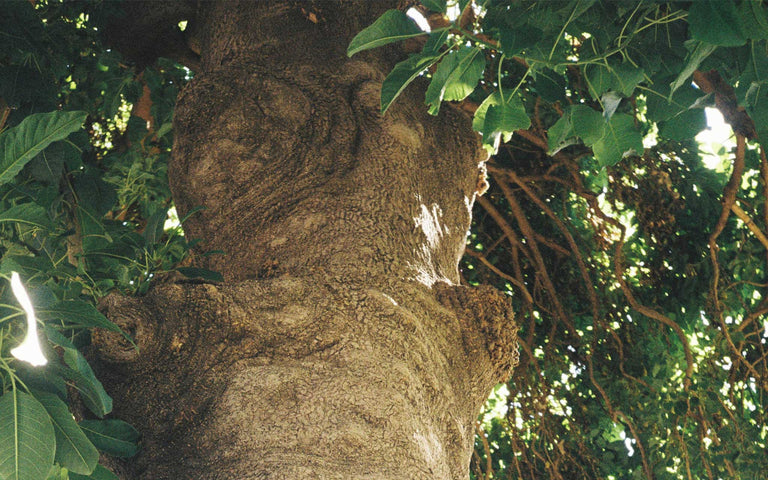

The meaning of sustainability is to sustain the current situation, but does sustaining what we have now...
MAKE SENSE?
We do NOT think so.
It has stopped being a purpose and has become a recourse. Most brands define themselves as sustainable and they are not. That is why we do not identify with this concept. Our mission goes beyond selling: we want to be useful today and tomorrow.
Reducing our impact is essential, but we know and have shown that we can do things better. All of us together. By finding the balance with natural means and generating a positive impact: REGENERATING.
By returning everything we have stolen from nature and finding the natural balance.
How are we going to do it?
By collaborating with our community, with projects that are committed to regeneration and balance.
REGENERATING is our commitment to make things better for the planet and future generations.
